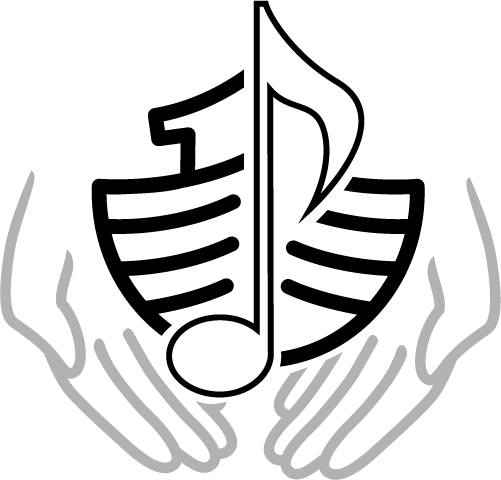Fritz Mordechai Kaufmann (1888-1921)
Biography
Max Friedrich Kaufmann was the second son of the textile merchant Hermann Kaufmann and Rosa Gochsheimer, who ran the men’s clothing store Gebrüder Kaufmann in Eschweiler. His brother Julius Kaufmann (1887–1955) had to emigrate to Palestine with his family in 1934. Fritz and Julius Kaufmann’s commitment to Judaism went separate ways for a time, which were rooted in the dispute over Zionism.
Fritz Kaufmann graduated from high school in Eschweiler and studied medicine for two semesters in Geneva from 1908 and then history in Munich and Marburg, and in 1910 in Leipzig, where he broke off his studies and began to take an interest in Yiddish-speaking Eastern Jews and learned the language. He was committed to Zionism. In 1912 he married Rachel Kaganoff, a singer from Odessa who sang Yiddish songs in Berlin. His first articles now appeared in the weekly newspaper Jüdische Rundschau.
In 1913 he took part in a congress of the Zionist Social Democrats in Krakow, but under the influence of Nathan Birnbaum he turned away from Zionism and propagated a comprehensive “all-Jewish movement”. In 1913 he and his brother Julius published the magazine Die Freistatt. Alljüdische Revue, which was discontinued after 13 monthly issues due to the war. In 1914 he, like his brother, became a soldier in the First World War. As he contracted typhus and was unfit for military service, he was deployed in the war archive in Frankfurt an der Oder in 1915 and then in the Brandenburg War Disabled Welfare Office in Berlin. From 1919 he was Secretary General of the “Workers’ Welfare Office of the Jewish Organizations of Germany”, which looked after the integration of Eastern Jewish immigrants. Kaufmann became a member of the USPD.
Kaufmann wrote essays on Eastern Jewish culture and, on behalf of the Zionist Association for Germany, compiled an anthology of Eastern Jewish songs, together with a fact sheet on Jewish folk songs.
Kaufmann was working on translating the work of Mendele Moicher Sforim from Yiddish into German when he committed suicide on the rails under unclear circumstances. He was buried in the Jewish cemetery in Weissensee. His collected writings were published in 1923, edited and with an introduction by Ludwig Strauss.
Source: https://de.wikipedia.org/wiki/Fritz_Mordechai_Kaufmann

